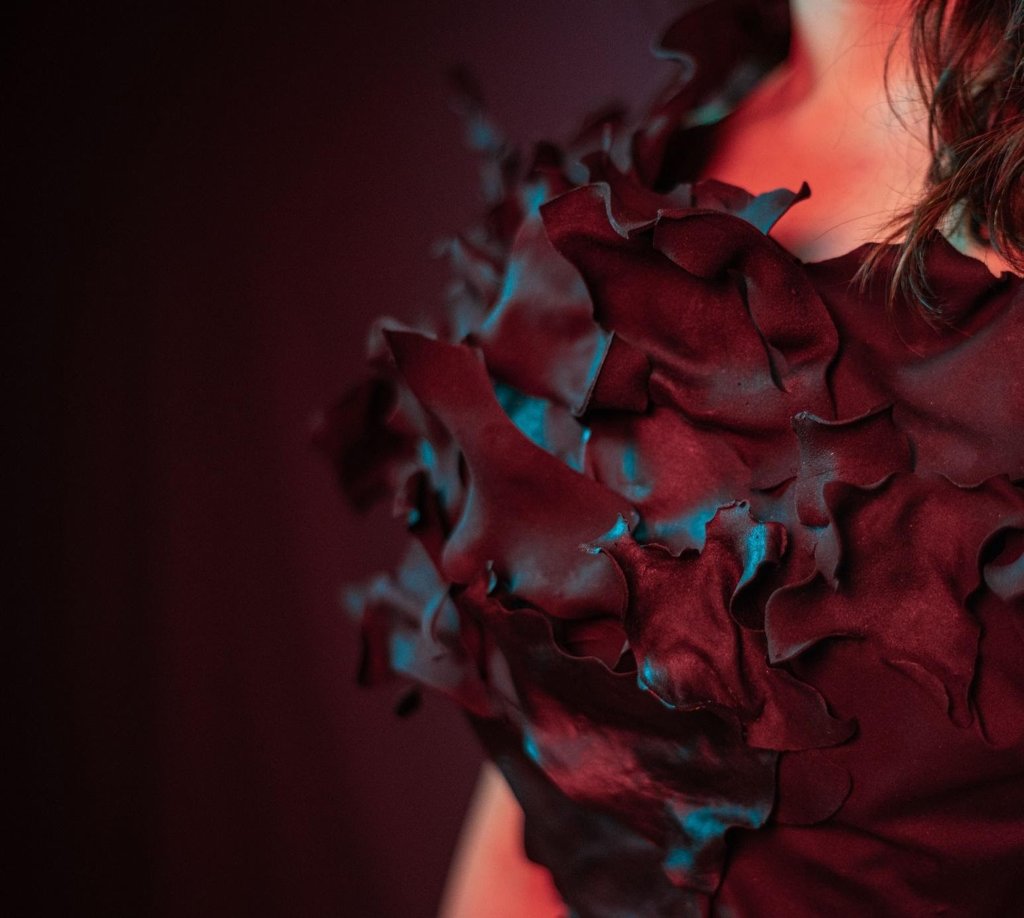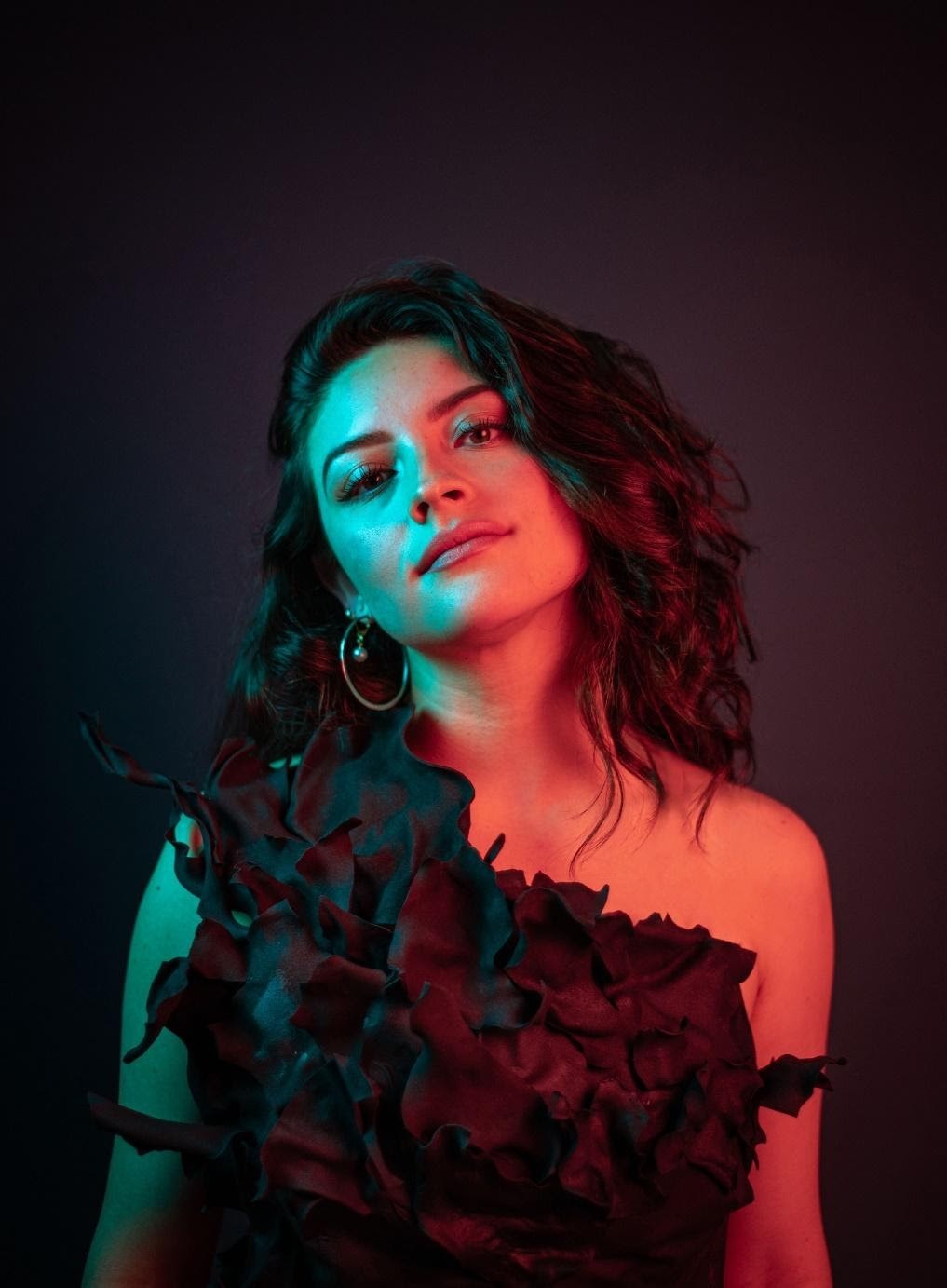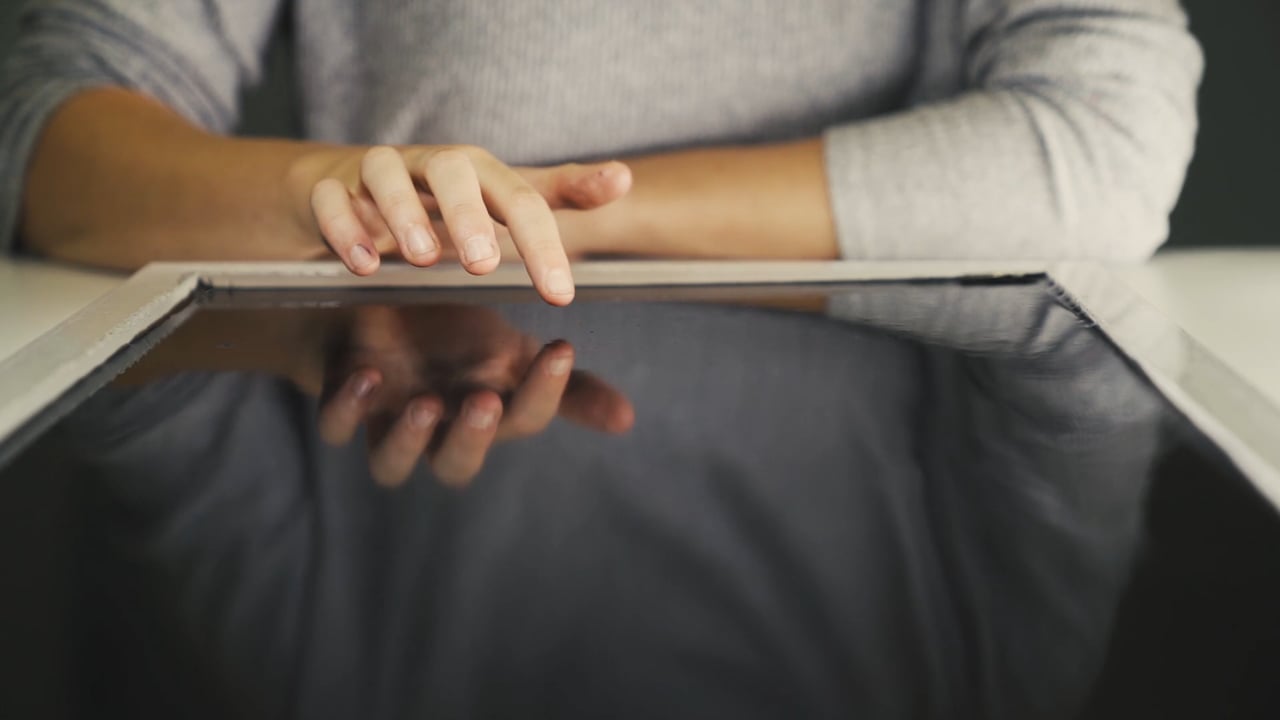Coral: An explorative collaboration with bio-materials
The methods and materials used for the production of clothing have remained virtually the same for a long period of time. Innovation in fashion has been synonymous with the improvement of existing materials and methods, but by exploring the use of new and unconventional bio-materials, Coral aims to explore novel possibilities for future fashion.
This work involves experimenting with bioplastics in combination with algorithmic design software. It has resulted in a new perspective on a future aesthetic language inspired by organic growth, and on the materials and manufacturing techniques used in the fashion industry through embracing the unpredictable qualities of the material. The garment that is created out of this process shows the potential of this material as a first step towards an alternative future.
When working with yet undeveloped materials, value can be found in the dialogue that emerges between the designer and the material. Through this dialogue new values can be found that would never emerge where the designer is fully in control. The aesthetic of Coral is a direct result of this co-design process and the mediation that took place between the will of the material and the designers. The unforeseen properties and behaviour of the bioplastic resulted in an aesthetic of organic growth within the created garment and accessory.

Coral shows the potential of exploring the balance between embracing randomness and uncertainty, and exerting control over the design process. Various techniques contributed to these findings. Randomness and control can be found in the process of creating the bioplastic material qualities, which was influenced by environmental factors, causing the material to decay and deform.
On the other hand, more control can be assigned to the designer through the use of algorithmic design software. Seeing the material as a co-designer in the design process and allowing it to express itself has shown possibilities for the designer and the material to complement each other. This requires unconventional manufacturing techniques and a new take on a design process.


Share
Contacts
- -Eva van der BornView profile
- -Rachelle KraalView profile
- -Jori van der KolkView profile



